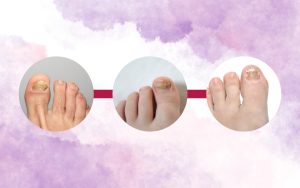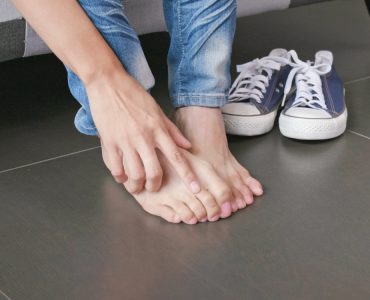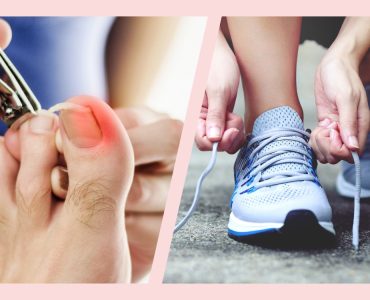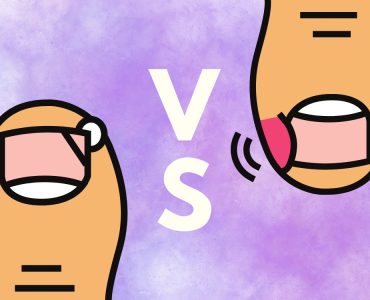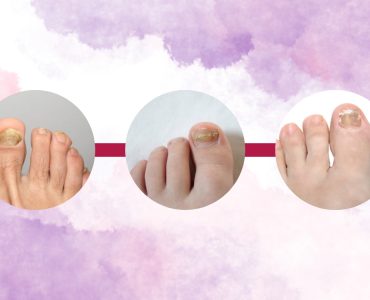One of the most common nail-related problems that people experience is ingrown nails, which can be painful and debilitating if left untreated. While genetics and foot structure can contribute to this issue, one preventive measure that should not be overlooked is proper nail trimming.
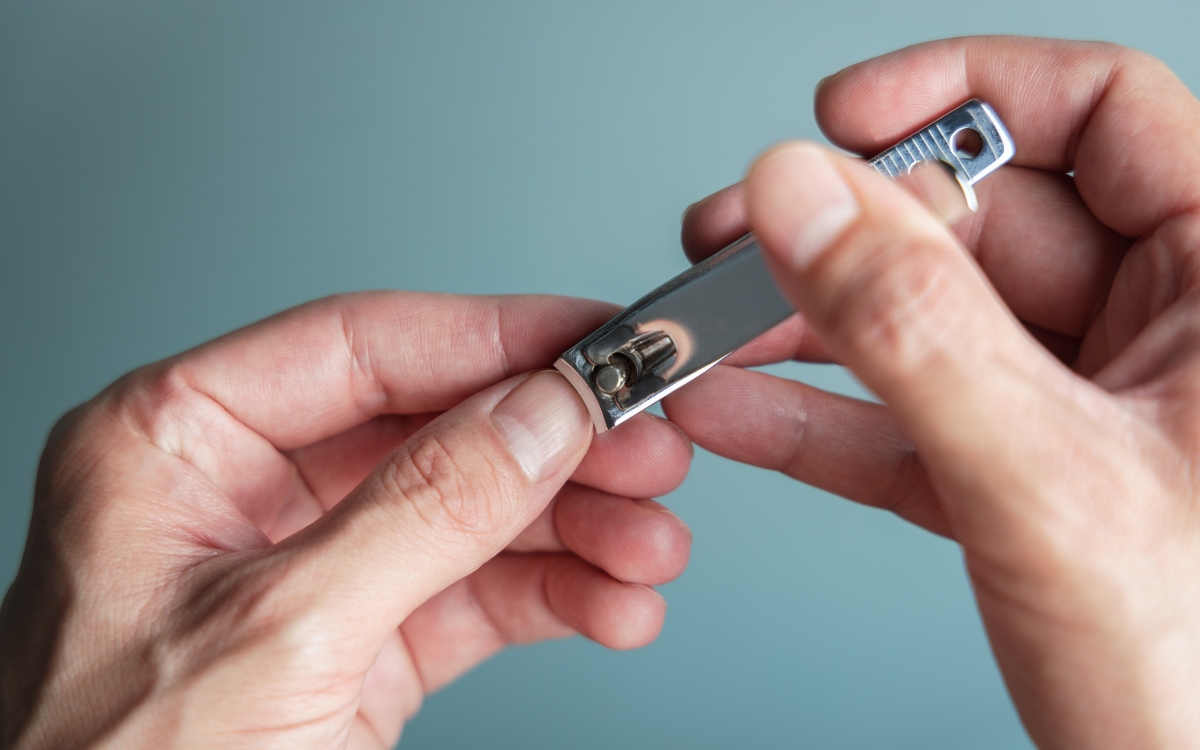
In this blog post, we will explore the importance of proper nail trimming in preventing ingrown nails and provide you with valuable tips and techniques to keep your nails healthy and pain-free.
Importance of Proper Nail Trimming
Proper nail trimming is not just a cosmetic concern; it plays a vital role in preventing the development of ingrown nails and maintaining overall nail health. Understanding the significance of proper nail trimming can help you avoid the discomfort, pain, and potential complications associated with ingrown nails.
Benefits of Proper Nail Trimming
Proper nail trimming offers several benefits that contribute to the prevention of ingrown nails and the maintenance of overall nail health.
Prevention of Ingrown Nails
By trimming nails correctly, you can minimize the chances of nails growing into the surrounding skin. Trimming nails straight across instead of rounding the edges helps prevent the nails from digging into the skin and causing ingrown nails.
Maintenance of Nail Health and Hygiene
Regular nail trimming helps maintain the cleanliness and hygiene of your nails. Trimming prevents the accumulation of dirt, debris, and bacteria under the nails, reducing the risk of infections and promoting healthy nail growth.
Reduction of Discomfort and Pain
Properly trimmed nails minimize the discomfort and pain associated with ingrown nails. By preventing nails from curving and growing into the skin, you can avoid the tenderness, inflammation, and potential infections that ingrown nails can cause.
Best Practices for Proper Nail Trimming
Proper nail trimming is not only about maintaining aesthetic appeal but also plays a crucial role in preventing ingrown nails and promoting overall nail health. By following the best practices outlined below, you can ensure that your nail trimming routine is effective, safe, and beneficial for your nails.
Preparing for Nail Trimming
Before you start trimming your nails, it’s essential to prepare both your nails and the surrounding area. Begin by washing your hands or feet with warm water and a mild soap to cleanse the area and remove any dirt or debris. This step helps create a clean environment for nail trimming and reduces the risk of introducing bacteria or germs.
Additionally, you may consider soaking your nails in warm water for a few minutes to soften them. This makes the nails more pliable and easier to trim, reducing the likelihood of accidental breakage or damage. Some individuals find adding a mild moisturizing agent or a few drops of essential oils to the water adds a soothing and nourishing element to the soaking process.
Step-By-Step Guide for Nail Trimming
Choosing the Right Tools
Selecting the appropriate tools for nail trimming is vital. Opt for high-quality nail clippers or manicure scissors with sharp, clean blades. Ensure that the tools are specifically designed for nails to prevent any accidental slipping or jagged cuts. Choosing the right tools contributes to a clean and precise trimming experience.
Softening the Nails:
If your nails are particularly hard or difficult to trim, consider softening them before the trimming process. Soaking your nails in warm water for a few minutes can help soften them, making them more pliable and easier to cut. Alternatively, applying a moisturizing cream or oil to the nails and cuticles can provide hydration, making them more flexible and reducing the risk of breakage.
Trimming Straight Across
The most crucial technique for preventing ingrown nails is trimming them straight across. It’s important to avoid rounded edges, as this can encourage the nails to grow into the surrounding skin. Instead, position the clippers or scissors perpendicular to the nail, and make a clean, straight cut. Following the natural curve of your fingertips, avoid cutting the nails too short or leaving them excessively long.
Filing and Shaping the Nails
After trimming, use a gentle nail file to smooth the edges of your nails. Gently file in one direction, preferably from the corner to the center, to prevent any rough or jagged edges. This helps avoid snags or potential damage to the nails or surrounding skin. Depending on your preference, you can shape the nails with a slightly rounded or squared-off edge. Find a shape that is comfortable and suits your personal style.
Moisturizing and Massaging the Surrounding Area
Nail trimming should be accompanied by proper moisturization and care for the surrounding skin and cuticles. After trimming, apply a nourishing hand or foot cream, or even a specialized cuticle oil, to the area around the nails. Gently massage the cream or oil into the cuticles and the skin, promoting hydration and nourishment. This not only keeps the skin soft and supple but also helps prevent dryness or cracking.
Nail Trimming Techniques for Different Types of Nails
It’s important to adapt your nail trimming technique based on the specific characteristics of your nails:
- Long nails: If your nails are long, it’s advisable to trim them gradually. Instead of cutting them drastically short, take small sections at a time. This gradual approach helps avoid cutting the nails too short or accidentally injuring the surrounding skin.
- Curved nails: For nails with a natural curve, it’s best to follow the shape of the nail when trimming. Aim to maintain a gentle curve that matches the contour of your fingertip. By preserving the natural curve, you can reduce the likelihood of the nails growing into the skin.
- Thick nails: Thick nails require a bit more care and attention during trimming. It’s essential to use a strong, sharp pair of clippers or scissors that can cleanly cut through the thickness of the nail. Applying a bit more pressure while trimming can help achieve a smooth and even result.
Recommended Frequency for Nail Trimming
To maintain healthy nails and prevent the occurrence of ingrown nails, it’s important to establish a recommended frequency for nail trimming. While the optimal frequency may vary slightly depending on individual nail growth rates and personal preferences, following a general guideline can help you keep your nails in optimal condition.
Nail Growth Rate
Nail growth rates can vary among individuals. Some people experience faster nail growth, requiring more frequent trimming, while others may have slower nail growth, allowing for less frequent trims. Pay attention to how quickly your nails grow to determine the frequency that works best for you.
Personal Comfort
Personal comfort and preference play a role in determining how often you trim your nails. Some individuals prefer shorter nails and may choose to trim more frequently to maintain a specific length, while others may prefer longer nails and trim less often. Consider what feels comfortable and manageable for you.
General Guideline
As a general guideline, it is recommended to trim your nails every 1-2 weeks. Regular nail trimming helps maintain a proper nail length and reduces the chances of nails growing too long or becoming ingrown. This frequency allows you to keep your nails well-groomed, functional, and free from discomfort.
Common Nail Trimming Mistakes to Avoid
Proper nail trimming is crucial for maintaining healthy nails and preventing the occurrence of ingrown nails. However, there are several common mistakes that people often make when trimming their nails. Being aware of these mistakes can help you avoid potential nail problems and ensure a safe and effective nail trimming routine.
Cutting Nails Too Short
One of the most common nail trimming mistakes is cutting the nails too short. Trimming the nails excessively can increase the risk of ingrown nails as there may not be enough nail length to cover and protect the sensitive skin surrounding the nail bed. It’s important to leave a sufficient length while trimming to maintain a protective barrier.
Rounding the Edges Excessively
Another mistake is rounding the edges of the nails too much. While it may seem like a good way to achieve a smooth and aesthetically pleasing shape, overly rounded edges can encourage the nails to grow into the surrounding skin. Instead, opt for a slightly squared-off or gently rounded shape to minimize the risk of ingrown nails.
Using Improper Tools
Using improper tools for nail trimming can lead to uneven or jagged cuts, causing potential damage to the nails or surrounding skin. Avoid using scissors or clippers that are dull or not specifically designed for nails. Invest in high-quality nail clippers or manicure scissors with sharp, clean blades to ensure a clean and precise cut.
Neglecting Regular Nail Care Routine
Another mistake is neglecting regular nail care. Failing to maintain a consistent nail trimming routine can result in overgrown nails, increasing the chances of ingrown nails. It’s important to trim your nails regularly, ideally every 1-2 weeks, to keep them at an optimal length and prevent them from growing too long or becoming ingrown.
Ignoring Proper Hygiene
Neglecting proper hygiene during nail trimming can lead to infections or other nail-related issues. It’s essential to wash your hands or feet before trimming to remove any dirt or bacteria that can potentially cause infections. Additionally, cleaning and sanitizing your nail tools before and after use helps maintain a hygienic nail care routine.
Rushing Through the Trimming Process
Trimming your nails should be done with care and attention. Rushing through the process can lead to mistakes, uneven cuts, or accidental injuries. Take your time and ensure that you have a steady hand while trimming. This not only helps prevent errors but also reduces the risk of accidentally cutting into the skin or causing discomfort.
Conclusion
Proper nail trimming is an essential practice that should not be underestimated when it comes to preventing ingrown nails. By following the correct techniques and maintaining regular nail care habits, you can significantly reduce the risk of developing this painful condition.



